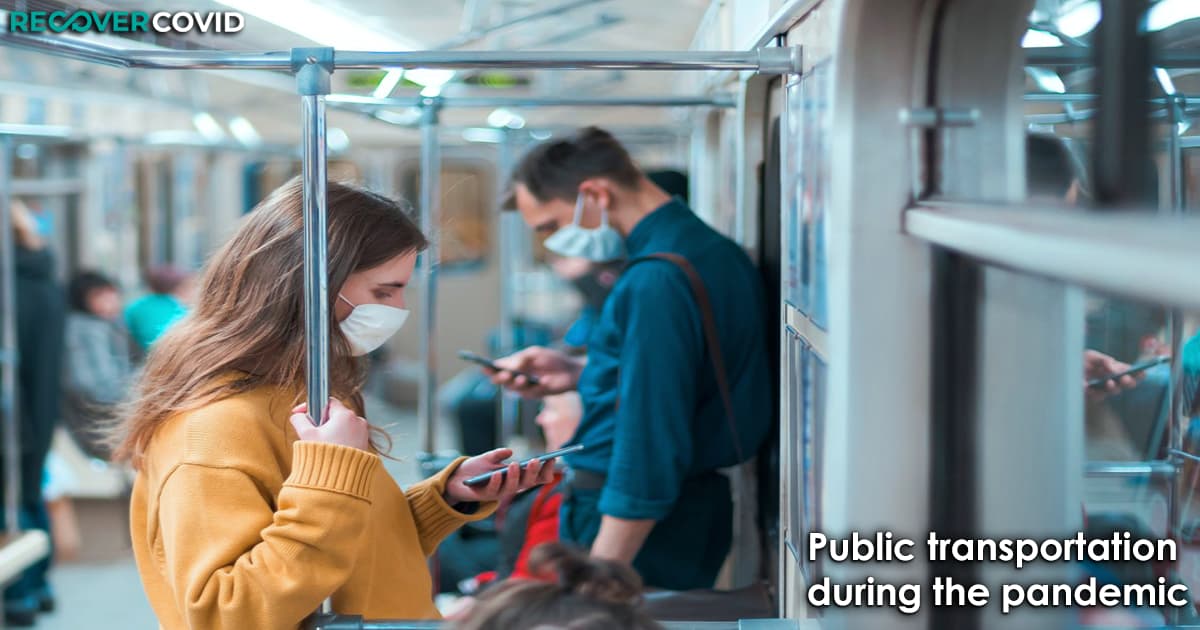Public transportation safety tips during the pandemic

We’ve all been trying to avoid going out during the COVID-19 pandemic, but as it continues to rage on, it’s impossible to stay home all the time. You may need to leave your home for work, shopping, or other errands, and it’s perfectly understandable! Although it’s not ideal, there are still some simple ways you can make your commute just a little safer when protecting yourself against the COVID-19 pandemic. It’s essential to stay aware and alert when in public transportation. Public transportation safety tips we deliver may change your daily habits. Minor adjustments to your routine can dramatically reduce your risk. There is a big risk of contracting the virus. So, keep our tips in mind to stay safe. Here are a few of the main ways you can stay safe.
Table of Contents
Public transportation safety tips start with Walking
If you need to travel a short distance, consider walking or biking instead of commuting in a vehicle. The air inside a vehicle isn’t vented and circulates through multiple passengers. Confined spaces make it difficult to avoid the droplets and particles that are naturally transmitted from one person to another. However, it’s important to remember that the sidewalk can be crowded, and some may not be wearing a face mask, so maintain your standard precautions. Always wear your face mask and social distance.
Watch very interesting video about the comparison of the benefits of walking and Cycling. The video publisher shares public transportation safety tips including cycling and walking comparison.
Social Distance Whenever Possible
For longer trips, you may need to take a train, bus, or plane. In these circumstances, social distancing is your best tool to protect yourself during travel, in any vehicle where it’s possible. For example, before boarding a car, see if there’s a spot where you can be furthest from others. Although the air might circulate, you have a reduced risk of encountering direct droplets from others if you remain 6 feet apart. However, if you cannot do so, like in a packed subway or bus, any amount of distance you can create is better.
Avoid Touching Your Face & Your Surroundings
You will likely have to touch some things in your surroundings, for example, providing your ticket for the train. But it would be best if you tried to limit these interactions as much as possible. For example, avoid touching walls, handrails, and your seat, with your hands whenever possible. To reduce your risk, you should also avoid touching your face, particularly your mouth and eyes, as much as you can.
Consistently Use Hand Sanitizers or Wash Your Hands
As much as we try to avoid it, you may unconsciously touch your face from time to time. Combined with the unintentional touching on a bus or train you may have, this can expose you to additional risks when contracting a virus. To protect yourself better, consistently clean your hands. Washing your hands is the preferable option, but you can still use hand sanitizer if that isn’t available. While you should clean your hands regularly, try to do it before and after you exit a vehicle. This limits your risks and helps remove germs.
Limit Your Time in Crowds
Lastly, try not to loiter in public places. This is especially important at bus stops, train stations, and other travel points because people from all over your area gather there. Limiting your time at these locations can help protect you. For example, try not to reach too early and try to leave as soon as possible.



